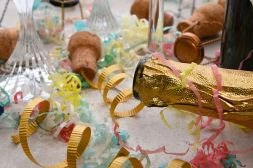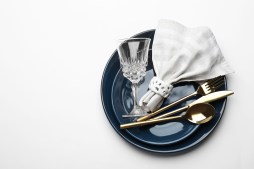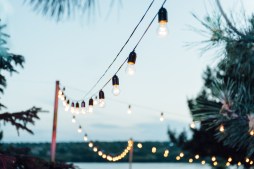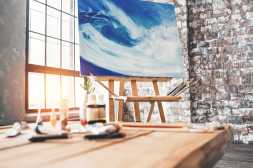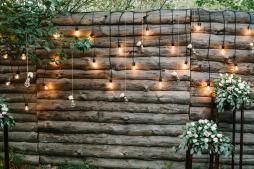Transform Any Space: A Beginner’s Guide to DIY Escape Room Design
Escape rooms have become a popular form of entertainment, challenging players to solve puzzles and escape from themed rooms in a set timeframe. But did you know that you can create your own escape room experience right at home? This beginner’s guide will walk you through the essential steps for designing a DIY escape room setup that will thrill your friends and family.
Understanding the Basics of Escape Rooms
An escape room is typically designed around a theme or story, where participants must work together to find clues, solve puzzles, and complete tasks to ‘escape’ within a certain time limit. The key components of an effective escape room include interesting narratives, engaging puzzles, and immersive environments. Before diving into your DIY project, it’s important to familiarize yourself with these elements.
Choosing Your Space
The first step in creating your DIY escape room is selecting an appropriate space. This could be a spare bedroom, basement, garage, or even outdoor areas if weather permits. Aim for somewhere that can be easily transformed with props and decorations. Consider the size of the space; it should be large enough to accommodate your planned activities but not so big that it feels empty.
Crafting Your Theme
Once you’ve selected your space, it’s time to decide on a theme for your escape room. Popular themes include detective mysteries, haunted houses, pirate adventures, or sci-fi quests. Your choice will influence all aspects of the design—from props and decorations to the types of puzzles you’ll create. Make sure your theme has a compelling backstory; this helps engage participants from the moment they enter the room.
Designing Puzzles and Clues
The heart of any escape room lies in its puzzles and clues. You can create various types: word searches, riddles, physical challenges (like finding keys hidden in intricate locks), or logic puzzles that require teamwork to complete. Aim for diversity in difficulty—some easy clues can help boost morale while more challenging ones provide depth for seasoned players. Remember to integrate these puzzles into your overall story.
Setting Up Your Room
Now comes the fun part: setting up. Use decorations relevant to your theme—props like old books for a library mystery or faux spiders for a haunted house add atmosphere without breaking the bank. Arrange furniture creatively; use tables as barriers or chairs as hiding spots for clues. Ensure everything is safe yet challenging enough for participants without overwhelming them with complexity.
Creating your own DIY escape room setup can be an exciting project that brings friends and family together for hours of fun. By understanding basic principles behind successful designs—theme selection, puzzle creation, and space arrangement—you’ll ensure everyone has an unforgettable experience right at home.
This text was generated using a large language model, and select text has been reviewed and moderated for purposes such as readability.
